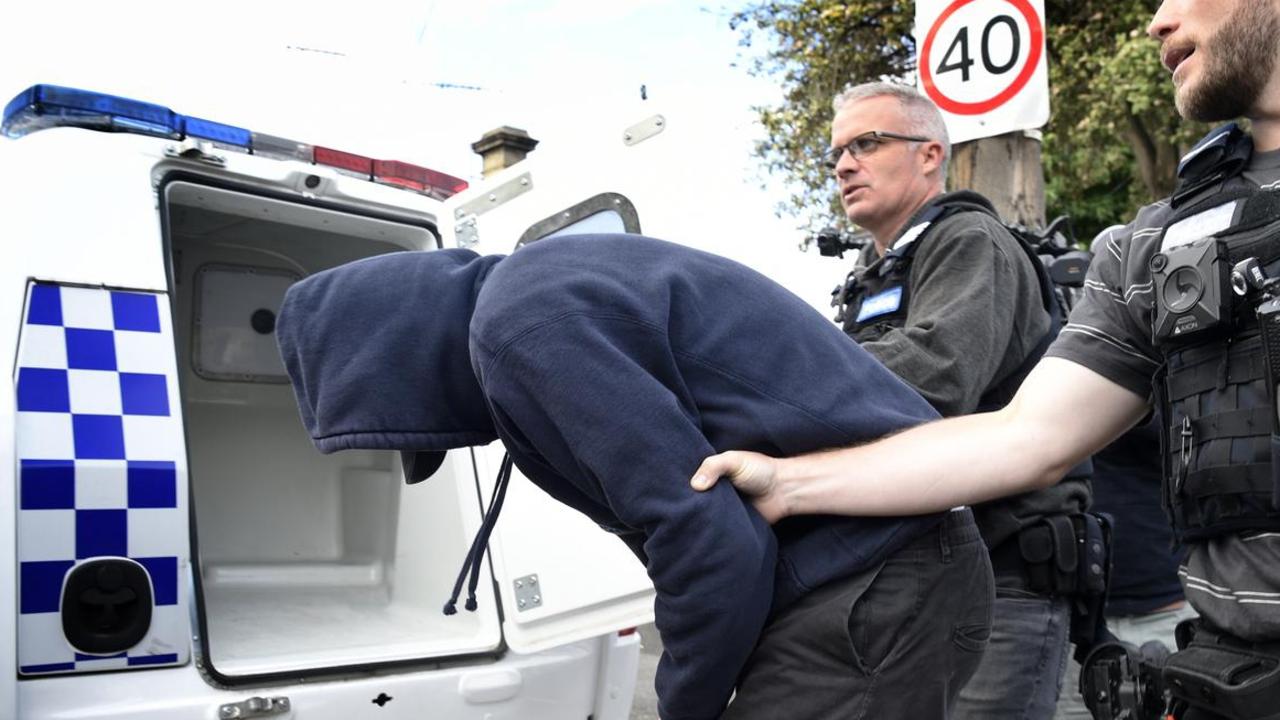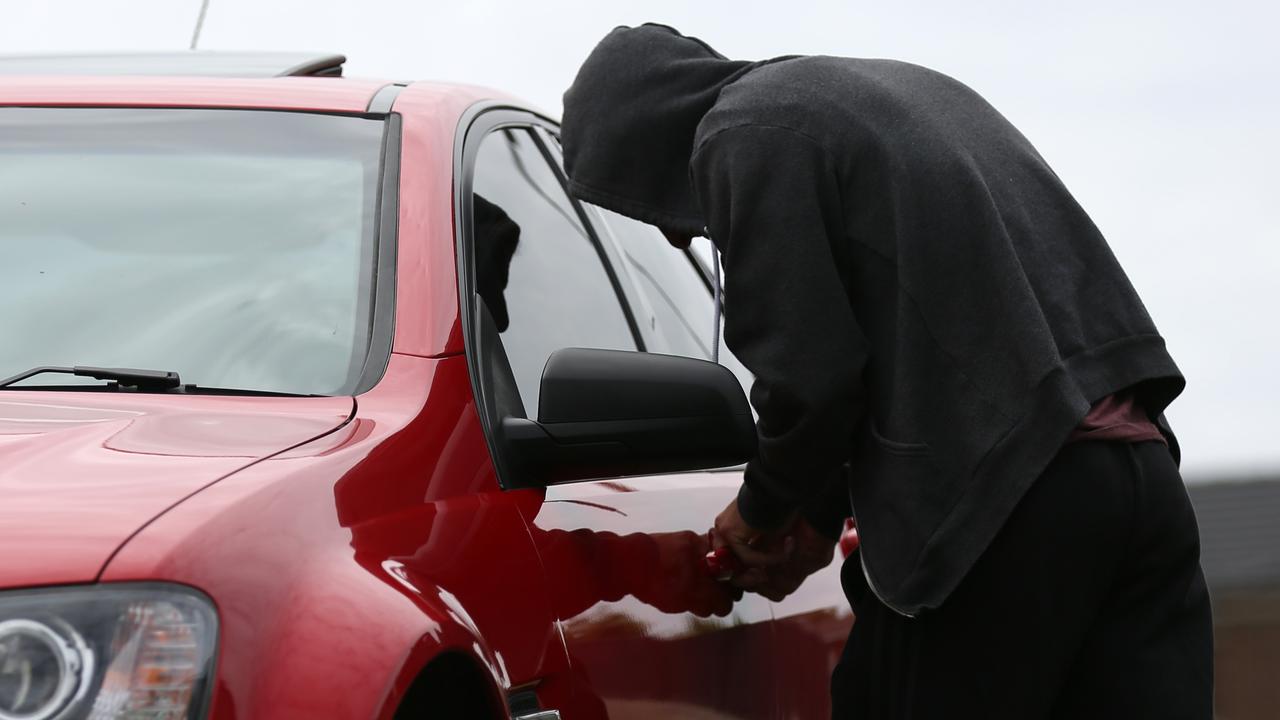How police will identify protesters
The operation to track down rioters responsible for wreaking havoc on the streets of Melbourne in recent days has begun.

Police & Courts
Don't miss out on the headlines from Police & Courts. Followed categories will be added to My News.
The operation to track down the rioters responsible for the chaos and terror inflicted across the streets of Melbourne in recent days has begun.
A team of police and intelligence analysts are sifting through extensive evidence files in an effort to identify the thugs who held the CBD, Shrine and West Gate Bridge to ransom during rolling construction protests staged since Monday.
The city’s CCTV network will be one of the most crucial tools enabling police to hunt down individual members of the rebellion group, made up mostly of men.
Surveillance cameras across the CBD are fitted with high-level zoom capabilities which will help form a database of people facing potential charges over their involvement in the riots.
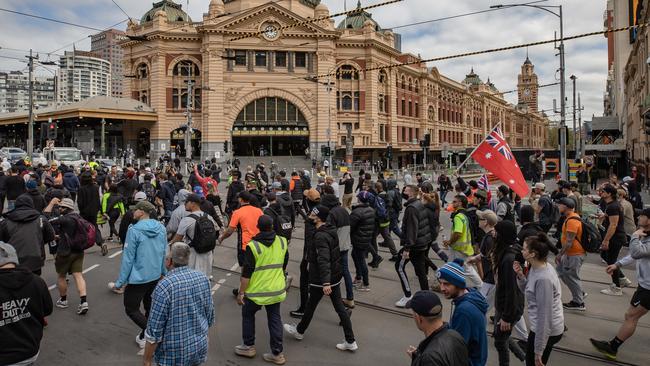
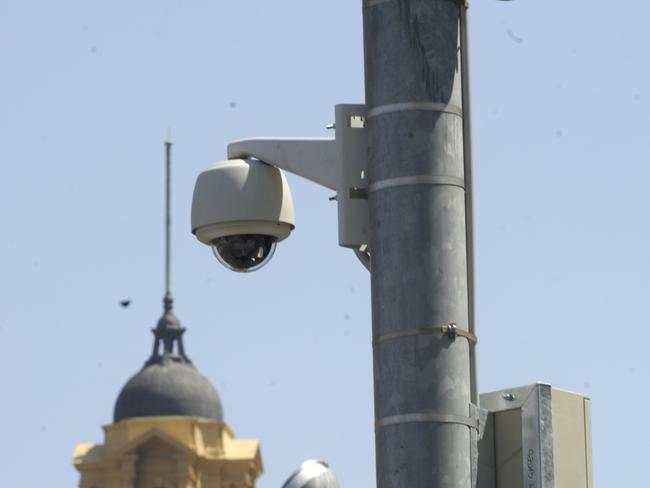
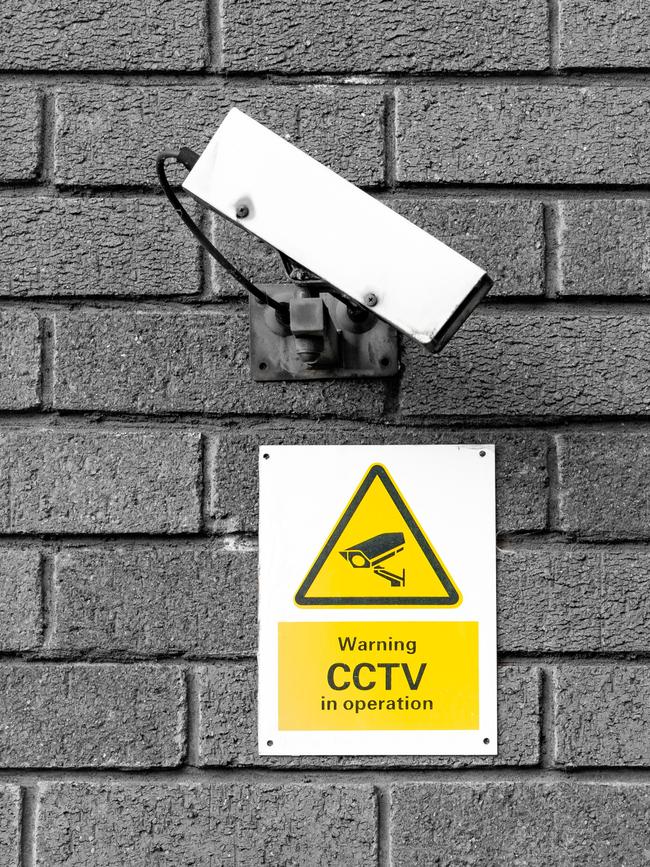
Road cameras, particularly on the West Gate Bridge, will also be closely examined to identify the thugs who held up traffic in scenes that terrified innocent motorists, including children.
The most violent clashes would likely have been captured on the cameras worn by police defending the frontline.
The body-worn devices would have clearly captured the faces of brutes who charged at police, pelting hem with rocks and setting off flares in densely packed crowds.
Analysing the hours of footage is expected to take days due to the sheer number of officers who were deployed to the conflict zones on Monday, Tuesday and Wednesday.
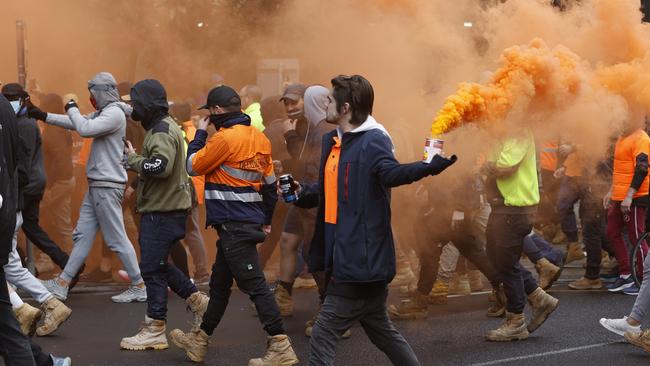
Footage shared to social media groups, including Facebook, Instagram and Telegram will also be used to lay criminal charges.
The force has shown its commitment to holding to account those who attend protests in breach of the chief health officer’s direction throughout the pandemic.
Following each anti-lockdown protest, a wave of charges are laid as a result of intelligence-led groundwork.
Police will seek to lay a range of charges in the wake of the construction industry protests, including assaulting police, riotous behaviour, criminal damage and fines for breaching lockdown restrictions.
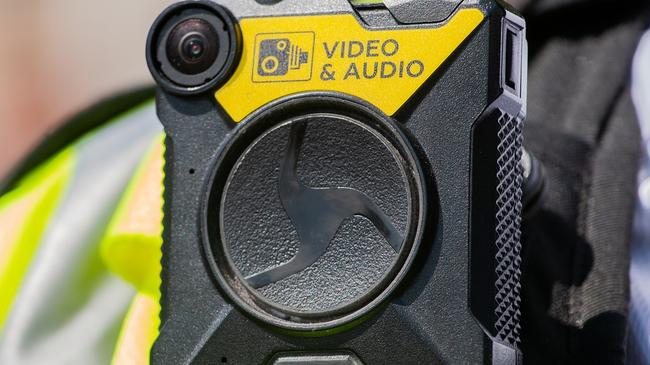
Melbourne has more closely resembled a battleground than one of the world’s most liveable cities in recent days.
Footage of riot police opening fire on protesters using pepperball rounds and stinger grenades has been shared across the world.
Authorities believe much of the violence is being stirred up by people who are not involved in the construction industry and want an excuse to riot.
Union figures claimed neo-Nazis and far-right extremists made up the violent crowds.




